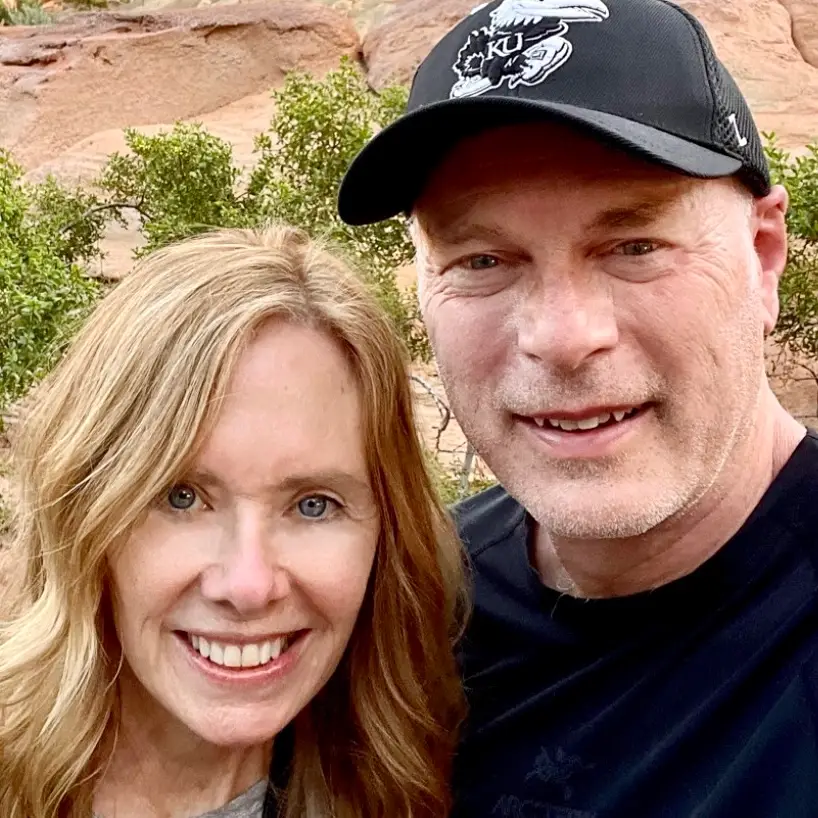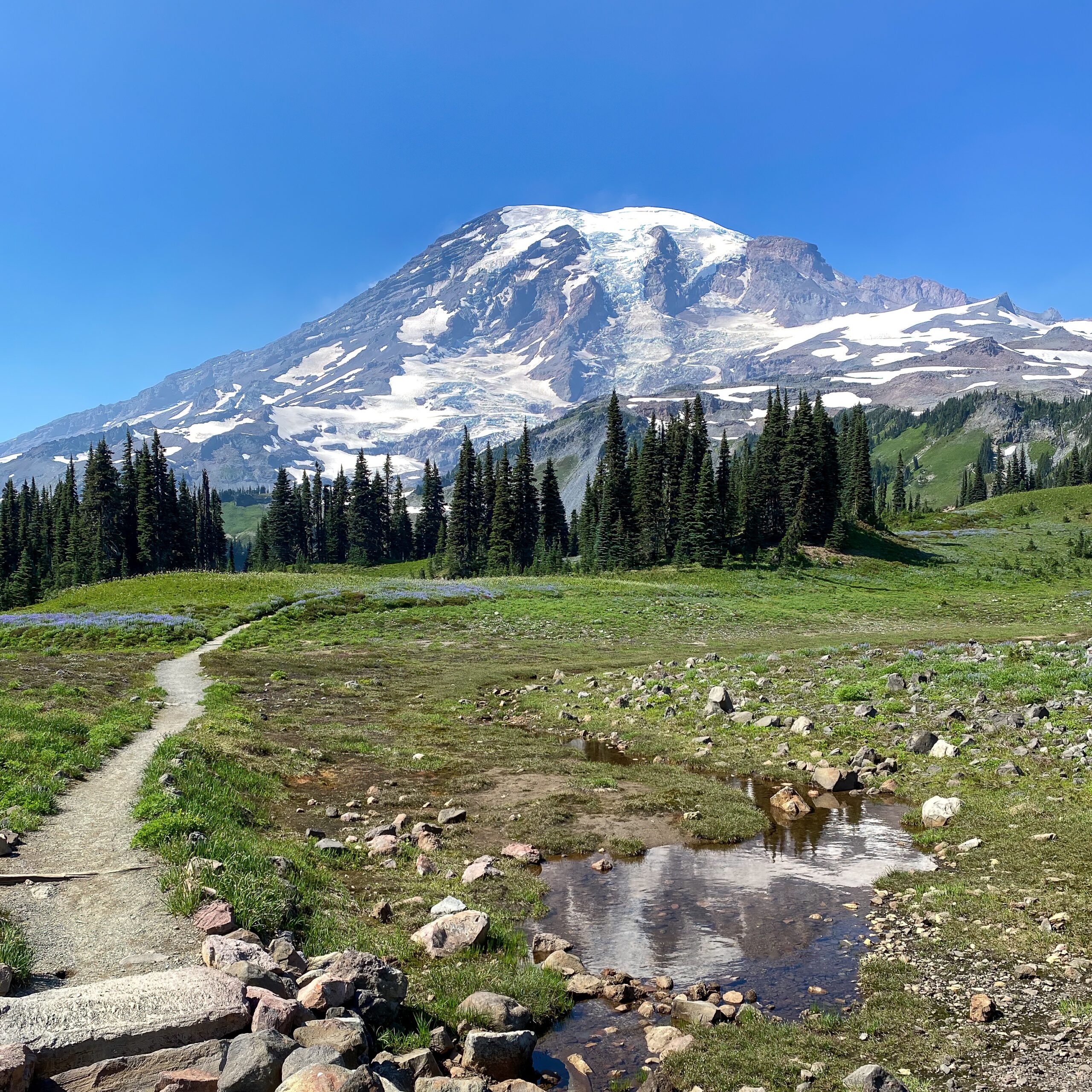When it comes to iconic U.S. national parks, Theodore Roosevelt National Park is often overlooked. Tucked away in the rugged Badlands of western North Dakota, this remote and wildly scenic park not only offers solitude and sweeping views but also tells the story of one of America’s most influential conservationists: President Theodore Roosevelt himself.
We finally dedicated a full episode of our podcast to this park—something we’ve meant to do for years—and we’re excited to share our favorite experiences, a bit of history, and why this underrated park deserves a spot on your travel list.
To listen to our podcast episode about Theodore Roosevelt National Park, follow this link.
Why This Park Matters
Theodore Roosevelt once said, “I would not have been President had it not been for my experience in North Dakota.” His time in the Badlands shaped his views on conservation and wilderness protection. Later, as President, he championed the creation of national parks, forests, and monuments, preserving over 230 million acres of public land.
It’s fitting that a piece of this dramatic landscape now bears his name.
The park is spread across three units: (click on any of the units to see a map of the area)
- South Unit near Medora (most popular)
- North Unit (quieter and more remote)
- Elkhorn Ranch Unit, the site of Roosevelt’s second ranch
Each offers different ways to experience the wild beauty and solitude of the North Dakota Badlands.

The Wildlife: Bison, Prairie Dogs & More
One of the first things we noticed during our visits was the abundance of wildlife. Bison roam freely throughout the park, often congregating near the ever-chatty prairie dog towns. These two species seem to coexist peacefully—and somewhat hilariously.
We’ve had bison surround our truck on the scenic loop drive, and on hikes, we’ve passed through prairie dog colonies so large it felt like walking through a bustling little village of burrowed heads popping up and chattering at us.
You’ll also find elk, wild horses, and pronghorn if you’re lucky.
Note: We had luck sighting the wild horses when we hiked the Upper Talkington Trail in the South Unit.
The South Unit: Scenic Drives and Unforgettable Hikes
The South Unit is the park’s most visited and most accessible area, just outside the charming Old West town of Medora.
Our favorite thing to do here? The 36-mile Scenic Loop Drive. It winds through the heart of the Badlands and offers countless pullouts and wildlife viewing opportunities. We’ve driven it in all kinds of weather—and every time, we’ve seen bison up close.
Must-Do Hikes
- Petrified Forest Trail
You’ll need to leave the park boundary and re-enter from the west to access this trail, but it’s well worth the effort. We were blown away by the sheer amount of petrified wood scattered across the landscape—giant, beautifully preserved pieces just lying there in plain sight. We did the north section as an out-and-back, but you can connect it with the south trail for a 10-mile loop. - Peaceful Valley / Big Plateau Loop
This one has a twist—literally. To start the loop, you have to ford the Little Missouri River. And no, it’s not a cute little creek. Depending on the season, it can be knee to thigh-deep, with a swift current. The trail combines several paths—Big Plateau, Maah Daah Hey, and Elkhorn—and offers expansive views, solitude, and, in our case, a surprise herd of about 50 bison and a race against a thunderstorm. - Wind Canyon Trail
Short and sweet (only 0.5 miles roundtrip), this is one of the best places in the park to catch a sunset. The views over the Little Missouri River are stunning.
The North Unit: Fewer Crowds, More Solitude
The North Unit is about 70 miles from the South Unit—and yes, even though it’s straight north of the South Unit, it’s in a different time zone. It’s more remote, less visited, and a bit wilder in feel.
We did the Buckhorn Trail, an 11-mile loop with about 1,000 feet of elevation gain. Though we didn’t spot any bison that day, the scenery and solitude made it one of our favorite hikes in the park.
Pro tip: If you’re visiting both units, plan accordingly. The scenic drive in the North Unit is an out-and-back with 10 overlooks—great for picnicking or quiet contemplation.
Elkhorn Ranch: A Window into Roosevelt’s Past
Though we haven’t visited this unit yet, Elkhorn Ranch holds a special place in park history. After the tragic death of his mother and wife on the same day in 1884, a grieving Roosevelt returned to the Badlands and established a second ranch—the Elkhorn.
Today, only the foundation remains, but the landscape is much the same: wild, open, and healing.
The History Behind the Park
- 1930s: Designated as the Roosevelt Recreation Demonstration Area
- 1946: Became Theodore Roosevelt National Wildlife Refuge
- 1947: Became Theodore Roosevelt National Memorial Park
- 1978: Finally established as Theodore Roosevelt National Park
This park’s layered history mirrors Roosevelt’s evolving legacy—and his deep connection to this land.
Camping and Lodging
- Campgrounds:
- Cottonwood (South Unit): Open year-round, flush toilets (seasonal), vault toilets always
- Juniper (North Unit): Similar setup
- CCC Campground: Outside park boundary by the North Unit, on National Forest land
- Hotels and Restaurants:
- Medora: Charming and convenient; we recommend the Little Missouri Saloon for a post-hike meal
- Rough Riders Hotel: Allegedly haunted and historically significant—Roosevelt once stayed here
- Dickinson: One hour east, larger town with chain hotels
When to Visit
- Spring: Our favorite. Fewer crowds, baby bison, and wildflowers—but be tick-aware.
- Fall: Stunning foliage and crisp hiking weather.
- Summer: Hot midday temperatures; stick to scenic drives or early morning hikes.
- Winter: Ideal for snowshoeing and cross-country skiing, though many roads and facilities close.
Add It to Your South Dakota Road Trip
One reason this park gets overlooked? It’s not near any other national park. But if you’re already visiting the South Dakota parks—like Badlands, Wind Cave, and Mount Rushmore—Theodore Roosevelt National Park is only four hours north of Rapid City. Add it to your itinerary for a quieter, equally rewarding experience.
Final Thoughts
Theodore Roosevelt National Park is, in every sense, a place of reflection—on nature, solitude, resilience, and legacy. Roosevelt once found solace here, and it’s easy to see why. With its wide-open skies, striking Badlands formations, and roaming wildlife, this is a park that gives more than it takes.
It may not be the flashiest or the most visited, but it’s one of our absolute favorites.



